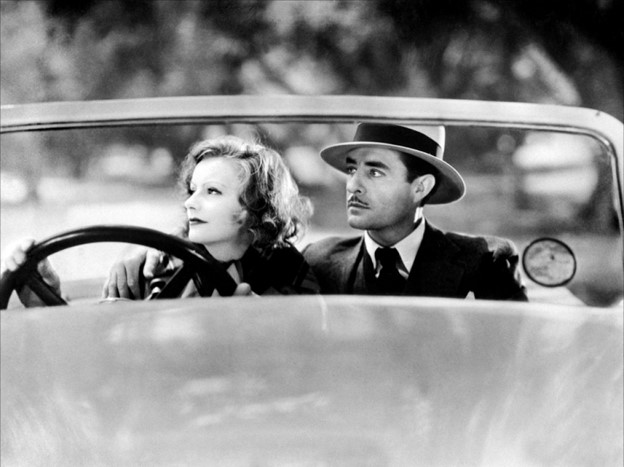A Woman of Affairs (1928)
Clarence Brown's "A Woman of Affairs"
At the height of her stardom, Greta Garbo continued to make films with her frequent collaborator, Clarence Brown. With 1928's "A Woman of Affairs," the duo continued utilizing sexual frustration with characters who 'weren't supposed to be together' either because of social acceptance or other partners. The film is based on the 1924 novel by Michael Arlen titled "The Green Hat."
The film centers on a wealthy woman named Diana who is a part of a British aristocracy. The father of the man she's in love with opposes their relationship, so he sends his son to Egypt for business purposes. Two years later, she marries David, who is good friends with her brother Jeffry. After David commits suicide, Jeffry blames Diana for his death. Jeffry begins to slip into alcoholism while Diana becomes overly promiscuous. After Neville's return, he is set to marry another woman named Constance. Jeffry dies and Diana slips into a depressive state. Neville leaves Constance to care for Diana. It is then revealed that Diana hid a secret that her brother David embezzled money and committed suicide to avoid jail. She paid back all his debts and kept it a secret to protect his honor. She urges Neville to go back to Constance before she commits suicide.
What's revealed thematically about the film is how the characters must cover their shame and hide things about themselves. David has to hide his thieving, Jeffry his attachment to David, Diana her promiscuity, and Neville his lack of wealth. The characters can never truly be who they want to be because of their social standing. One important element to note about this is how the film trimmed out a lot of context from the book. Many of the characters deal with heroin abuse, homosexuality, or syphilis. It is never revealed in the film that Jeffry is in a homosexual relationship with David, but subtly hinted at. This is because the filmmakers had to get the film approved by the sensors at the time, who were stringent about things.
The film was both a box office success and a critic success. The overall success of the film allowed Clarence Brown and his muse Greta Garbo to continue their collaboration. What lied ahead, however, was the uncertain changes that were coming with the sound era.




Comments
Post a Comment